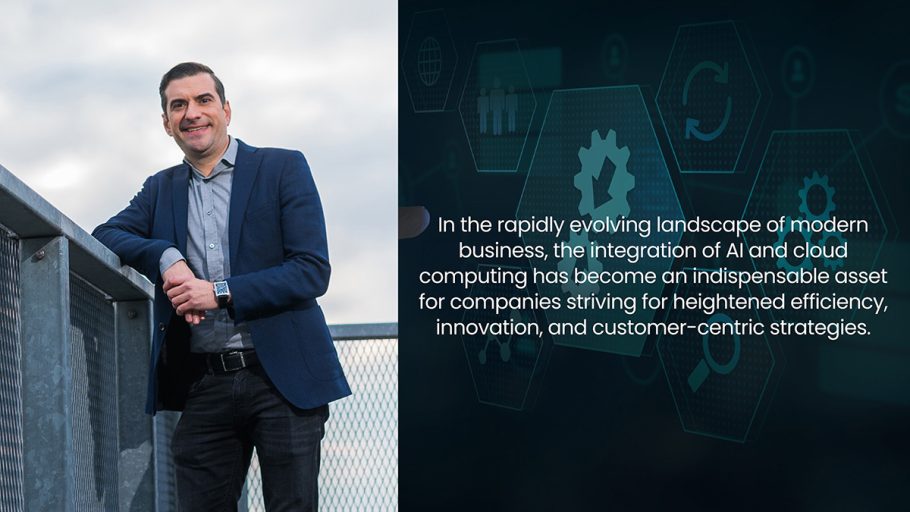In the rapidly evolving landscape of modern business, the integration of AI and cloud computing has become an indispensable asset for companies striving for heightened efficiency, innovation, and customer-centric strategies. This strategic fusion, however, necessitates more than just mere cloud adoption—it demands a sophisticated connectivity approach that prioritizes direct interconnection to cloud service provider networks. The significance of robust and high-speed connectivity cannot be overstated, especially when considering the deployment of AI technologies for optimal business outcomes. Embracing this transformative paradigm holds the key to unlocking a plethora of opportunities and attaining unprecedented success in the digital era.
Elevating business performance through cloud-integrated AI
The synergy between AI and cloud infrastructure has proven to be a catalyst for accelerating business operations and amplifying key performance indicators (KPIs). From enhancing customer support services to driving product innovation and streamlining production processes, AI’s pervasive influence is shaping diverse facets of the corporate world. For instance, the integration of AI in automotive infotainment systems not only facilitates personalized user experiences but also ensures real-time monitoring of the condition of the driver, emphasizing the criticality of seamless, reliable, and secure connectivity between the cloud and the AI-driven applications.
Capitalizing on cloud-based AI capabilities
The transition to cloud-based AI services offers a multitude of advantages, including enhanced agility, scalability, and simplified infrastructure management. With the recent advancements in AI technologies such as OpenAI’s ChatGPT and Google’s PaLM, the business landscape is ripe with unprecedented opportunities. However, to fully leverage the potential of these innovations, companies must embrace a multi-cloud approach, facilitating a seamless integration of diverse applications and data sources across multiple cloud platforms. This multi-cloud strategy demands an intricate connectivity architecture that can support the seamless flow of data and ensure optimal performance across various cloud ecosystems.

The critical role of efficient connectivity design
Within the cloud, data can be processed at lightning speeds. But when the cloud is dependent on receiving data from external sources – for example from the company infrastructure or other clouds – this can slow things down, because it’s not only the data, services, and applications in the cloud that are important, it’s also the speed that data can travel to and from the cloud.
ABOUT THE AUTHOR
Ivo Ivanov is Chief Executive Officer of DE-CIX and Chairman of the Board of the DE-CIX Group AG. Prior to these positions, Ivanov was Chief Operating Officer of DE- CIX and Chief Executive Officer of DE-CIX International, where he was responsible for the global business activities of the world’s leading Internet Exchange operator. Ivanov has more than 20 years of experience in the regulatory, legal, and commercial Internet environment. Having joined DE- CIX in 2007, he has in recent years been deeply involved in the establishment of DE-CIX sites in North and South America, Southern Europe, the Middle East, and Asia, as well as several DE-CIX consultancy projects in Africa, Asia, and Europe.



